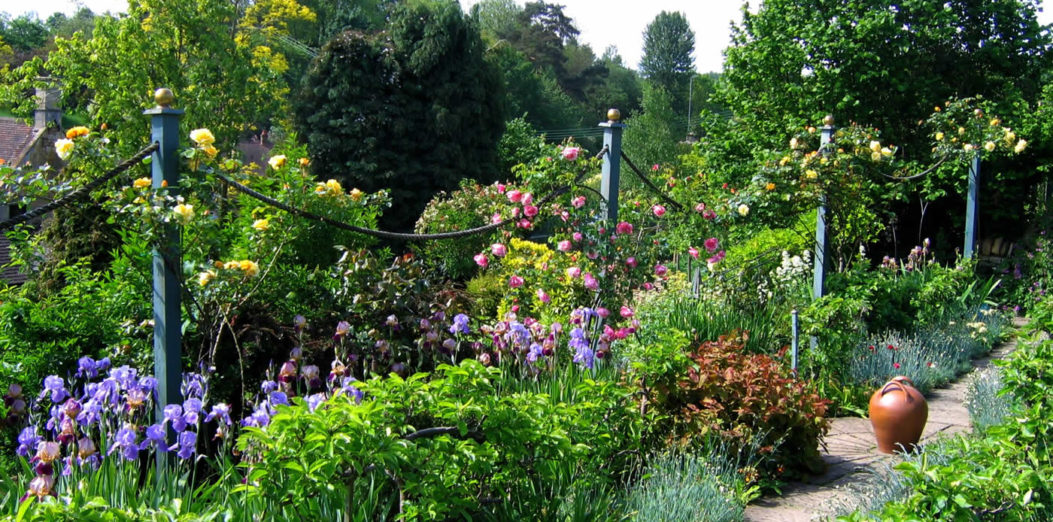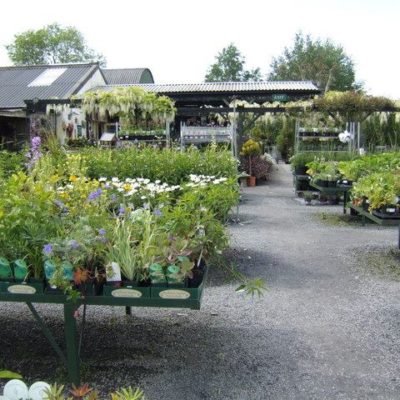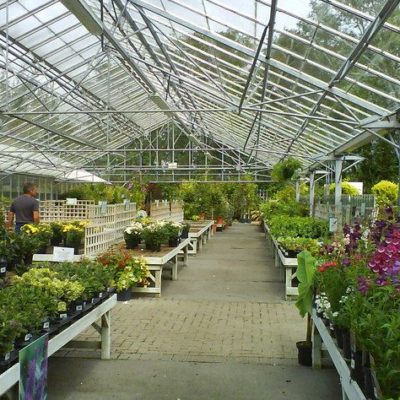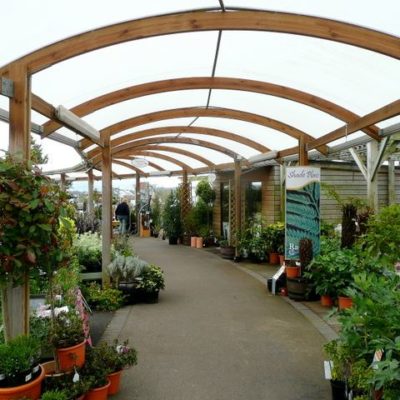How We Source Plants

One of the joys of my work is seeing a garden being transformed – from the design, through the landscaping, to installing lawn and features, and finally bringing the garden to life with the planting.
But as a garden designer, sourcing high quality, reasonably priced plants for our customers is by far the most time consuming activity I undertake. And it has to be said, it is also sometimes the most frustrating!
Like my customers, I thoroughly enjoy a trip to the garden centre at the weekend, when I can take my time selecting a handful of attractive plants to experiment with in my garden. But when it comes to sourcing thousands of plants, for several different gardens at the same time, all needing to be good quality, the right size, and not too expensive… it’s a completely different story, and a much harder task! And in order for clients to be truly delighted with their new garden, it’s also a task which needs to be done well.
Why is plant sourcing so difficult?
One reason is the nature of the product – lots and lots of different, individual, relatively low valued items means an enormous attention to detail is required.
Another reason is economics – it is very hard to make much money growing and selling plants these days. Most wholesale and retail nurseries are tiny operations that eke out a living – often labours of love; many of these little businesses went bust during the last recession. Garden centres have diversified and tend to make most of their profits from non-plant activities such as food. The reduced space left for plants means that inevitably the range of plants on offer is hugely reduced – even some of the most common plants will be nowhere to be seen – particularly in November and December when Christmas trees and Santa’s Grotto take over.
Also, of course, plants are living, perishable things – they are easily damaged in transit, and they are grown in batches – so once a batch is sold out, you just have to wait for the next batch to grow. And many plants are seasonal in terms of their availability.
How do we approach plant sourcing?
When preparing a planting design for clients, I always advise them that the planting may have to be phased, in order to obtain all the desired plants.
We hand select big specimen plants from one or two specialist suppliers, and buy other plants from a number of local wholesale and retail nurseries, some of whom will look to buy in plants for us if they cannot supply them themselves. Unless the plants are very large, we collect them ourselves – that way we can give them a quick check over as we pick them up, and reject any that aren’t up to scratch.
During peak planting times in spring and autumn, we are normally sourcing thousands of plants, for several different gardens, from a number of different suppliers… all at the same time. Yes, it can be a nightmare of administration! So meticulous attention to detail is required – I use spreadsheets to keep track of exactly what plants are required and in what quantities, where they are to be sourced from, and estimated collection dates etc.
Experience and trade knowledge also helps – building and maintaining good links with dependable, local suppliers. Getting to know the specialities and strengths of any given nursery puts you a step in front, and helps save on the legwork a little.
So yes, every year I grumble about how long plant sourcing takes! But then I go and see a garden we planted a year or two ago – and it all seems entirely worthwhile!
Photo credits: JR P (Mill Dene Garden, Cotswolds), Jonathan Billinger, Steve Daniels, Jonathan Billinger.


